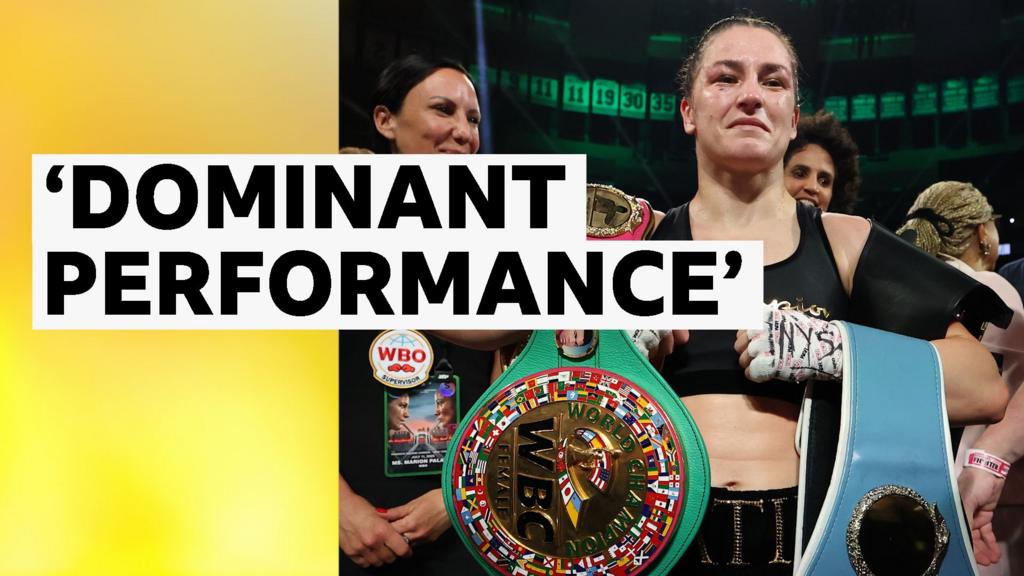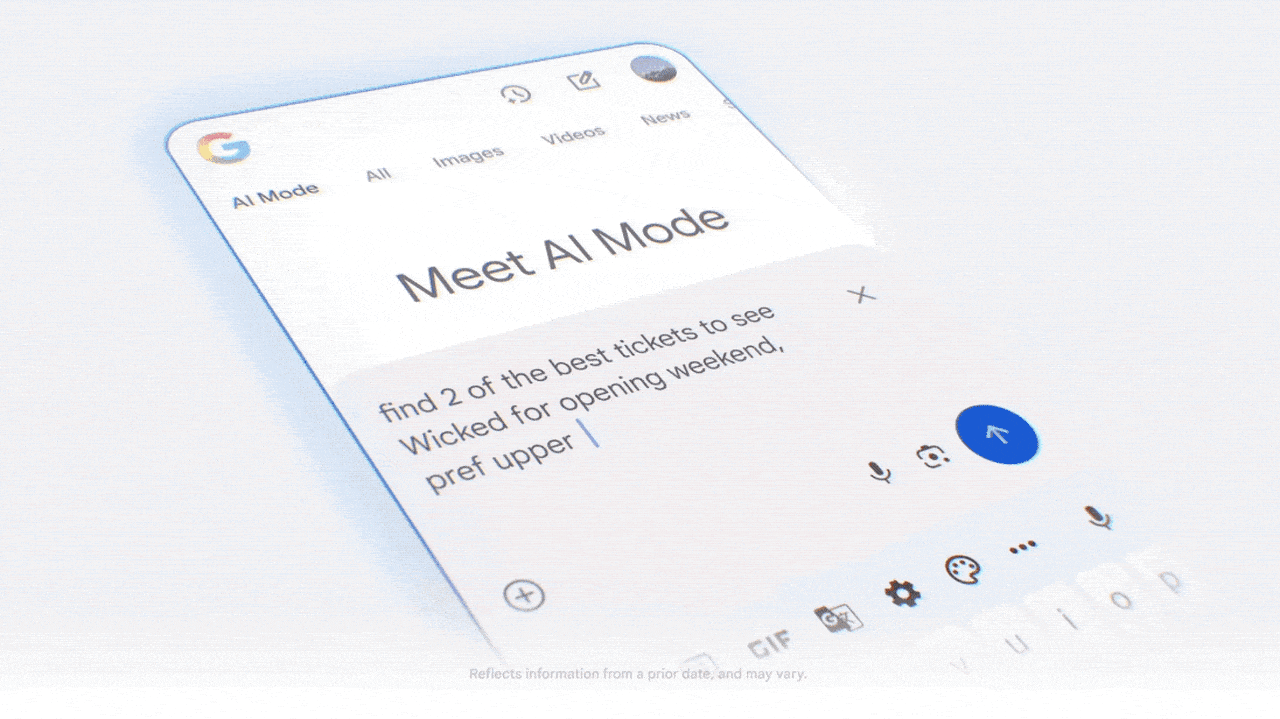Effective Editorial Calendar Examples for Social Media Success

Creating an effective editorial calendar is crucial for your social media strategy. It helps you plan content systematically, ensuring consistency and engagement. By implementing different approaches, you can tailor your calendar to meet specific goals. Each method offers unique benefits that can improve your overall social media presence. In the following sections, you’ll discover five effective examples that can boost your strategy and drive better results.
Key Takeaways

- Utilize the seasonal campaign calendar to align content themes with significant events for maximum engagement and relevance.
- Implement the balanced content approach by ensuring 80% value-focused content and 20% promotional posts to build trust.
- Incorporate audience engagement strategies like polls and Q&A sessions to foster community interaction and connection.
- Synchronize content across multiple platforms, using tools like Sprout Social for cohesive messaging and effective scheduling.
- Regularly analyze performance metrics to refine your editorial calendar based on engagement rates and audience preferences.
Example 1: The Balanced Content Approach

When you’re planning your social media content, using a balanced content approach can greatly improve your audience’s engagement. This strategy typically follows the 80/20 rule, where 80% of your posts focus on providing value and engagement, in addition to 20% being promotional.
By distributing content across various categories—like educational posts, entertainment, and community engagement—you maintain audience interest and cultivate a well-rounded brand presence. Incorporating seasonal and trending themes into your editorial calendar examples for social media boosts relevance, making your content more engaging.
Furthermore, tracking performance analytics allows you to refine your approach continuously, ensuring your content aligns with audience preferences. A well-structured balanced content strategy not just improves user experience but likewise builds brand loyalty over time.
Example 2: The Seasonal Campaign Calendar

To effectively engage your audience during peak times, a Seasonal Campaign Calendar is essential for organizing content themes and promotional activities around significant events. By mapping out key dates like holidays and local events, you can plan targeted posts, themed graphics, and user engagement strategies. This sample editorial calendar can help you streamline your efforts.
| Key Date | Content Type |
|---|---|
| December 25 | Holiday Promotions |
| Valentine’s Day | Themed Graphics |
| July 4th | User-Generated Content |
Incorporating these elements can leverage heightened consumer interest, as studies show 69% of consumers are influenced by holiday marketing. Analyze past campaigns to refine strategies, ensuring higher engagement and conversion rates in the future.
Example 3: The Audience Engagement Focus

Building on the importance of seasonal campaigns, focusing on audience engagement can amplify your social media impact.
An effective editorial calendar example involves incorporating interactive elements like polls and Q&A sessions, which greatly boost interaction rates. Engaging your audience with thought-provoking questions nurtures a sense of community, encouraging followers to participate and feel valued.
Moreover, share user-generated content to build trust and connection. Behind-the-scenes content and personal stories improve relatability, increasing loyalty. Tailoring your posts to seasonal themes and trends captures interest, as many users rely on social media for product discovery.
Regularly analyze engagement data to refine your content strategy, ensuring it aligns with your audience’s preferences and maximizes your overall campaign effectiveness.
Example 4: The Multi-Platform Synchronization

As you strategize your social media presence, implementing a multi-platform synchronization approach is essential for maximizing your brand’s visibility and ensuring consistent messaging.
This method helps you align and schedule content across various channels, making it easier to maintain a unified brand voice. For effective planning, use examples of editorial calendars that identify ideal posting times, like 9 a.m. to 10 a.m. on weekdays for Facebook and 7 a.m. on Fridays for Instagram.
Tools like Sprout Social can streamline content planning, enhancing cross-network visibility. Regular audits of past content performance will inform future posts, whereas a structured calendar encourages collaboration among team members, improving content creation and approval processes, in the end boosting efficiency.
Example 5: The Performance-Driven Content Strategy

During the development of a performance-driven content strategy, you’ll want to leverage analytics to track key metrics such as engagement rates, click-throughs, and conversions. This data helps you refine your content based on audience preferences.
Regular audits of existing content can identify high-performing themes and formats, guiding your future content creation. Implementing the 80/20 rule, where 80% of your content adds value and only 20% is promotional, improves audience engagement.
Moreover, use insights from past performance data to adjust your posting frequency and timing, optimizing reach during peak activity periods. Collaborating with your team to share performance insights cultivates innovation, enabling you to craft content that resonates effectively with your target audience.
A sample editorial calendar template can help organize this strategy.
Frequently Asked Questions

How Often Should I Update My Editorial Calendar?
You should update your editorial calendar regularly to stay relevant and organized. Aim for a weekly review to assess your content’s performance and make necessary adjustments.
Monthly updates can help you plan for upcoming events or campaigns. If you notice changes in audience engagement or trends, consider adjusting your calendar immediately.
Staying flexible and responsive guarantees your content remains effective and aligned with your goals, helping you maintain a consistent online presence.
What Tools Are Best for Creating an Editorial Calendar?
When creating an editorial calendar, several tools can help streamline the process.
Consider using Google Sheets or Excel for flexibility and simplicity. These platforms allow for easy collaboration and updates.
Furthermore, tools like Trello or Asana offer visual organization, making it simple to track tasks and deadlines.
Finally, dedicated editorial calendar software like CoSchedule can integrate with your social media platforms, providing an all-encompassing solution for managing your content strategy effectively.
How Do I Measure Success From My Editorial Calendar?
To measure success from your editorial calendar, start by tracking key performance indicators like engagement rates, click-through rates, and follower growth.
Analyze how your content aligns with your goals, such as increasing brand awareness or driving traffic. Use analytics tools to gather data, then compare it against your benchmarks.
Regularly review this information to identify trends and adjust your strategy accordingly, ensuring your content remains relevant and effective over time.
Can I Repurpose Content Across Different Platforms?
Yes, you can definitely repurpose content across different platforms.
Start by identifying your core message, then tailor it to fit each platform’s unique audience and format.
For instance, a blog post can be summarized into social media posts, or an infographic can be transformed into a video.
Make sure each piece maintains consistency in branding as you adapt to the platform’s style.
This approach maximizes your content’s reach without the need to create entirely new material.
What Are Common Mistakes to Avoid in Editorial Calendars?
When creating your editorial calendar, avoid common mistakes like overloading it with content, which can lead to burnout.
Make certain you’re not ignoring analytics; these insights help you understand what works.
Don’t forget to stay flexible; trends can shift quickly, and being adaptable is essential.
Additionally, make sure you’re not neglecting engagement; scheduling posts is important, but interacting with your audience is equally important for building relationships and community.
Conclusion

Implementing these five editorial calendar strategies can greatly improve your social media presence. By balancing valuable content with promotions, aligning your themes with seasonal events, encouraging audience interaction, ensuring consistent messaging across platforms, and using analytics to guide your content decisions, you can create a more effective and engaging social media strategy. Focus on these approaches, adapt them to your needs, and watch your engagement and reach grow over time.
Image Via Envato
This article, "Effective Editorial Calendar Examples for Social Media Success" was first published on Small Business Trends
What's Your Reaction?
 Like
0
Like
0
 Dislike
0
Dislike
0
 Love
0
Love
0
 Funny
0
Funny
0
 Angry
0
Angry
0
 Sad
0
Sad
0
 Wow
0
Wow
0






























































































